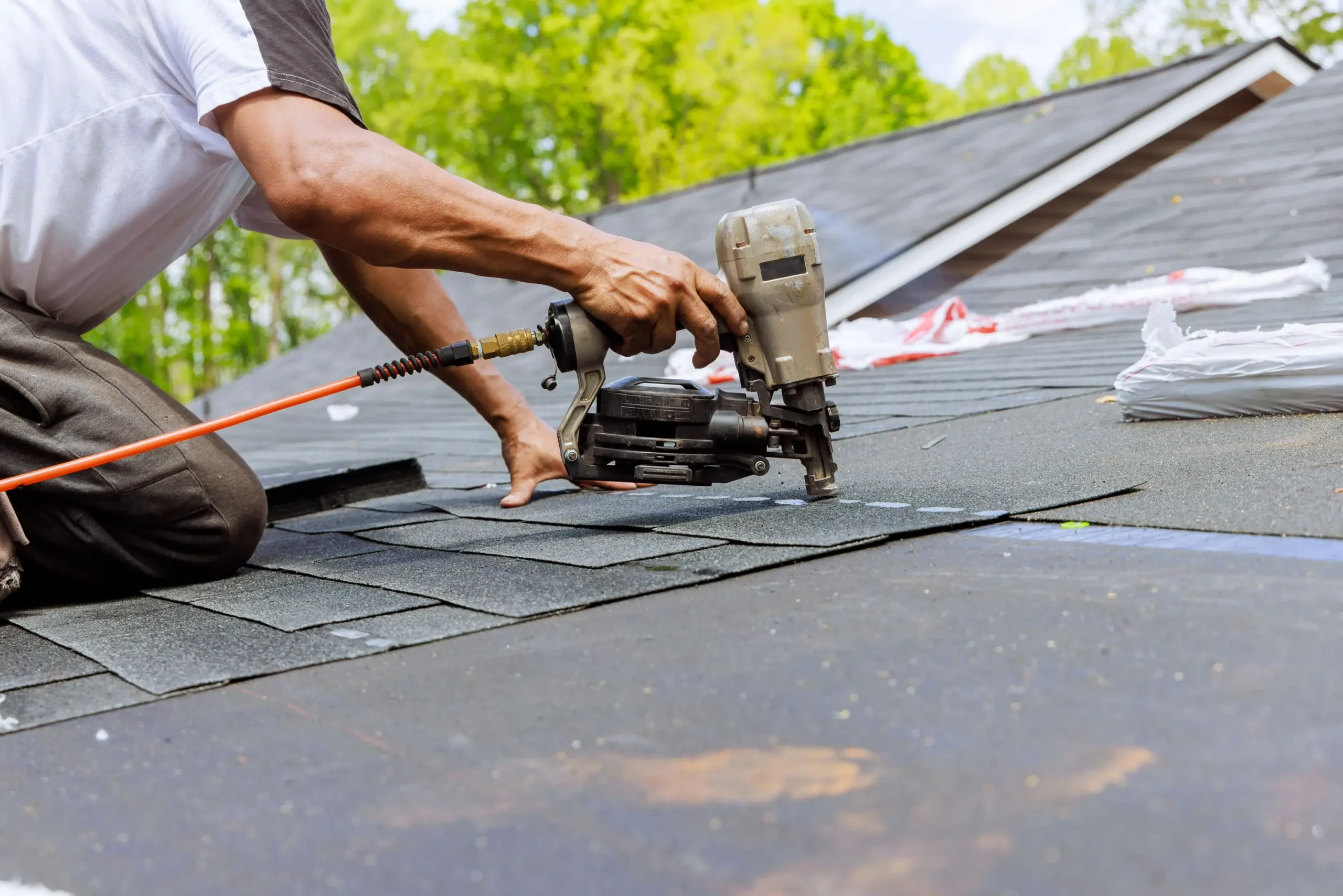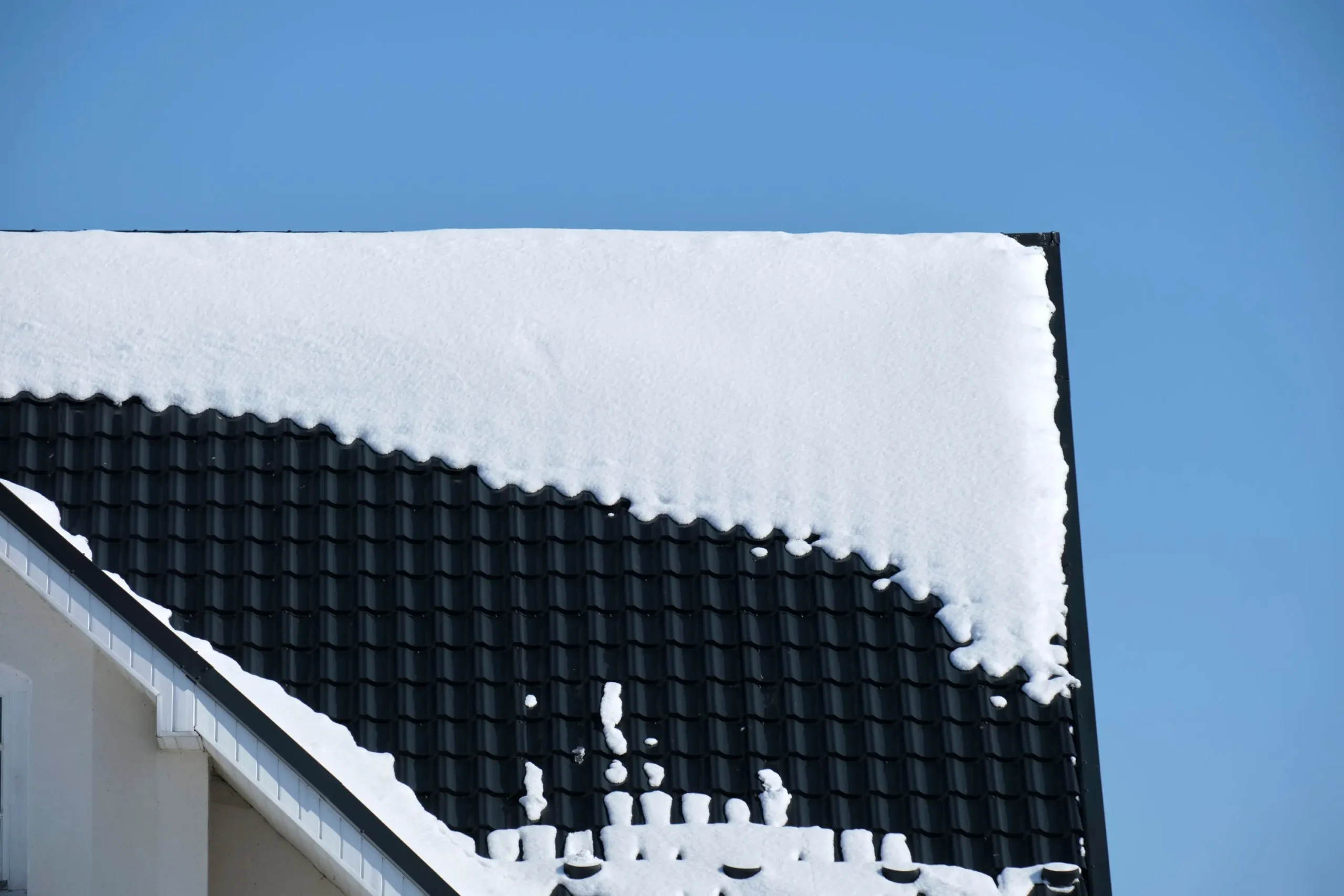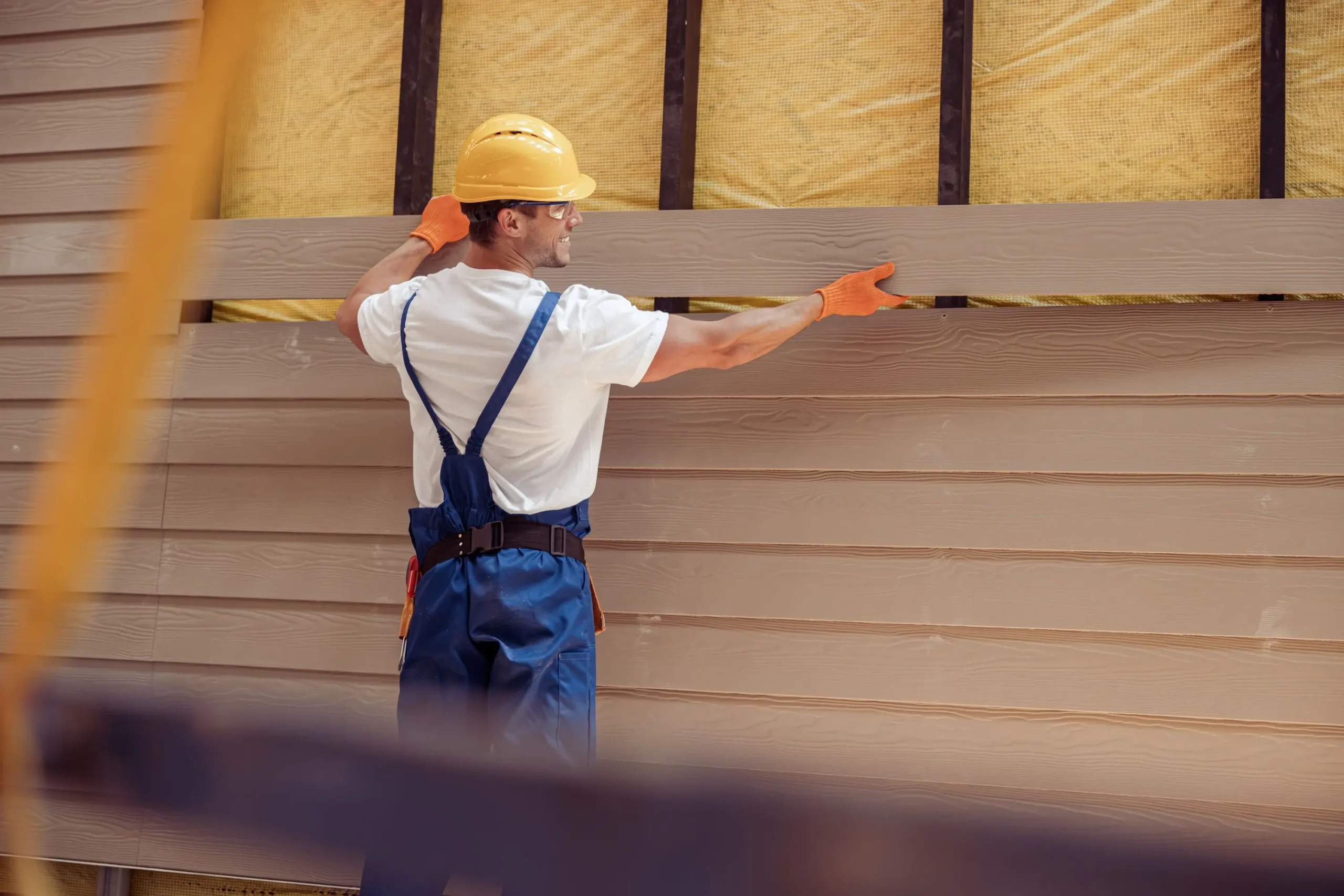Preparing a home for winter in Calgary includes checking the condition of the roof. Problems that seem minor in summer often turn into major issues once snow, ice, and freeze-thaw cycles arrive. Straight Path Construction helps homeowners identify the warning signs that indicate a roof should be replaced before winter storms hit.
A roof that is already weakening will struggle through cold weather. Moisture intrusion, shingle damage, poor ventilation, and worn decking can develop into leaks or structural problems once temperatures drop. Knowing what to watch for helps prevent expensive winter emergencies.
Common Exterior Signs Your Roof Needs Replacement
Exterior problems are often the first indicators that a roof will not hold up during winter. These signs show that shingles or the roof structure may no longer provide proper protection.
Shingles that are curling, cracking, or cupping signal material deterioration. Granule loss is another red flag because granules protect shingles from UV rays and help shed water. Missing shingles leave exposed areas where snow can melt and penetrate underlayment. Soft or spongy sections of the roof surface can indicate moisture damage or rotting roof decking.
Small issues like loose shingles or exposed nails can appear harmless during warm months but become major vulnerabilities when snow piles up or ice begins to form around damaged areas.
Interior Warning Signs Before Winter
Warning signs inside the home often show that roof issues have already begun. Interior symptoms should be taken seriously because they often signal hidden moisture problems.
Ceiling stains or discoloration typically mean water is entering the home. Moisture in the attic is another concern, especially when insulation feels damp or shows signs of frost. Mold growth or musty odors often indicate inadequate ventilation or leaks. Drafts inside the home can also signal that the roof system is no longer sealing properly.
These interior signs often worsen during winter due to condensation and ice buildup, making early detection important.
Roof Age and Why It Matters Before Winter
A roof’s age is one of the strongest predictors of winter failure. Asphalt shingle roofs in Calgary generally last between fifteen and twenty five years, depending on installation quality and past storm exposure. Hailstorms can shorten this lifespan significantly by creating small cracks or weakening protective granules.
Older roofs also become more rigid during cold weather, making shingles more likely to break, lift, or allow water intrusion. If a roof is nearing the end of its expected lifespan, winter often exposes problems that were not visible during warmer months.
Roof Deck and Structural Failure Indicators
Beyond shingle condition, the roof deck provides important clues about hidden damage. Roof decking that feels soft when walked on may indicate moisture infiltration or rot beneath the surface. Uneven or sagging areas on the roofline show that the decking has weakened under moisture stress or heavy snow.
Dark streaks, algae growth, or visible indentations can also signal long-term moisture problems. These structural issues often worsen during winter because trapped moisture freezes and expands, accelerating rot.
Early Warning Signs Before the First Snowfall
Fall is the best time to identify issues that may lead to winter roof failure. Certain early signals should prompt a closer inspection before temperatures drop.
Homeowners should watch for granules in the gutters after autumn rain, which indicates shingle wear. Roof edges that appear wavy or uneven can show ventilation issues. Stains on upper-level ceilings during fall storms often mean existing leaks will worsen once snow accumulates. Gutters pulling away from the home can also signal roof edge damage or fascia rot.
Identifying these issues before the first snowfall helps prevent mid-winter leaks and emergency repairs.
How Calgary Weather Makes Roof Problems Worse
Calgary’s weather puts added stress on aging roofs. Heavy snow loads can weigh down weakened structures, while Chinooks create rapid temperature swings that expand and contract shingles daily. This movement worsens existing cracks or curling.
Ice dams are another common issue. They form when snow melts during a warm period and refreezes near the colder eaves, forcing water underneath shingles. Damaged shingles or missing granules make ice dams even more destructive. Strong winds in open Calgary neighborhoods can lift weakened shingles, leaving the roof exposed.
These local weather patterns make early fall inspections essential for preventing winter failures.
When Roof Repairs Are Not Enough
Repairs can help extend a roof’s lifespan, but certain problems indicate that replacement is the better option. Multiple leaks, widespread granule loss, or large areas of brittle shingles often signal a system that is too compromised for winter weather.
Repairs may temporarily fix small issues, but if damage is widespread or the roof is near the end of its lifespan, winter storms will likely worsen problems. A full replacement offers better protection and reduces the risk of emergency service calls during freezing temperatures.
Winter leaks can travel quickly and cause interior damage, making it important to replace the roof when repairs cannot guarantee long-term stability.

Why Replacing Your Roof Before Winter Matters
Replacing a roof before winter ensures the home is protected against snow, ice buildup, and sudden weather shifts. A new roof provides strong resistance to moisture, improved insulation performance, and a secure barrier against winter storms.
Homeowners avoid costly emergency repairs and reduce the risk of mold, water damage, or heat loss. New shingles seal properly, shed snow more effectively, and help maintain consistent indoor temperatures. Replacing the roof before winter also gives crews access to better working conditions compared to frozen or snow-covered surfaces later in the season.
Addressing roofing concerns early helps homeowners start winter with confidence and a safer home.
What Happens If You Delay Roof Replacement Until Winter
Delaying a necessary roof replacement can create a range of winter-specific problems. Leaks develop more quickly because melting snow from Chinooks repeatedly forces water into weak spots. Moisture that enters the attic can saturate insulation, increasing heating costs and creating mold growth.
Ice dams become more severe when the roof covering is compromised. Rotten decking can worsen as freeze-thaw cycles expand moisture trapped in the wood. Emergency repairs also cost more in winter due to limited daylight, safety challenges, and weather-related delays.
A roof that is already struggling rarely makes it through winter without escalating damage.
Straight Path Construction: Calgary Roofing Professionals
Straight Path Construction provides roof inspections, repairs, and full replacements for Calgary homeowners who want to prepare their homes before winter. Their experienced team evaluates shingle condition, attic ventilation, and moisture risks to recommend the right solution. Learn more by visiting their Calgary roofing experts page.
Homeowners ready to address roof issues can explore Straight Path’s professional roof replacement options or reach out to the team to request an inspection or estimate.


